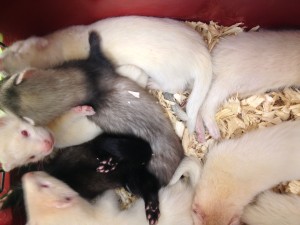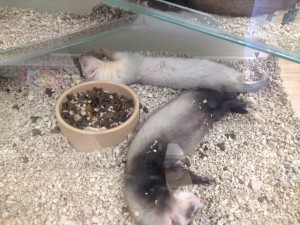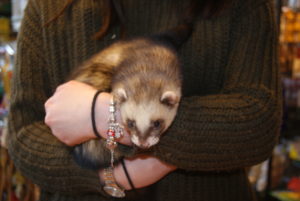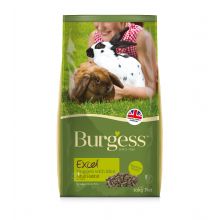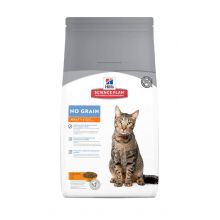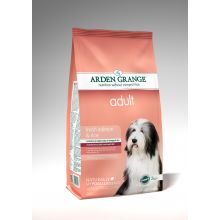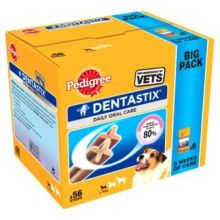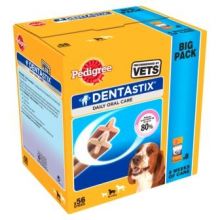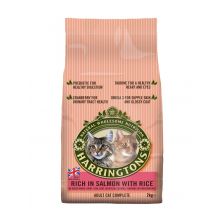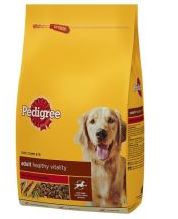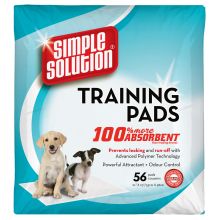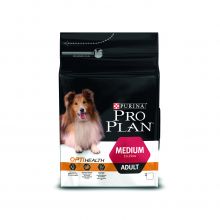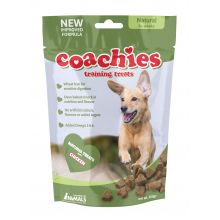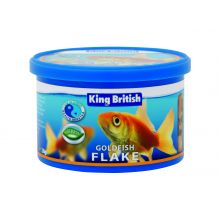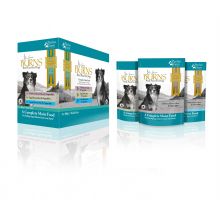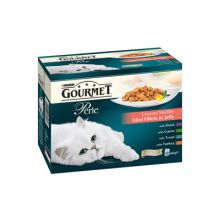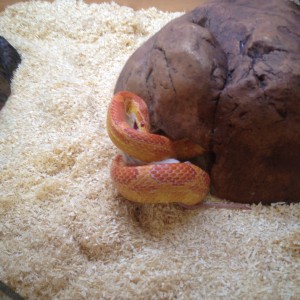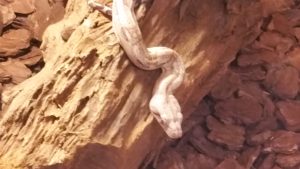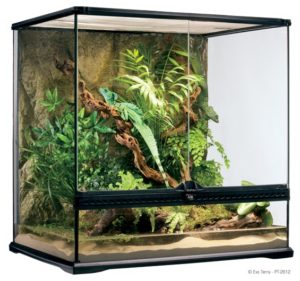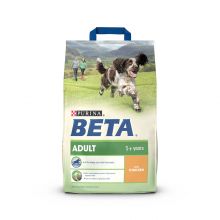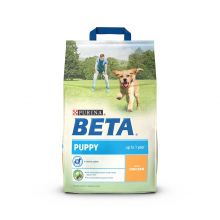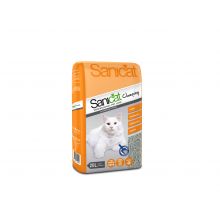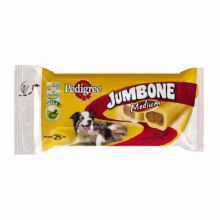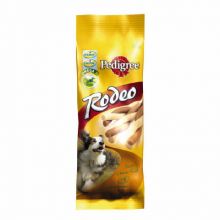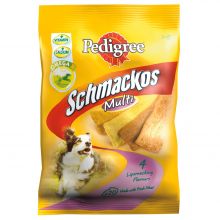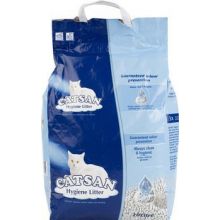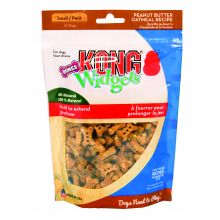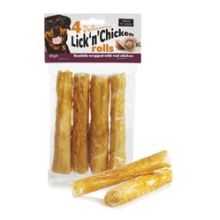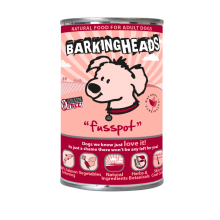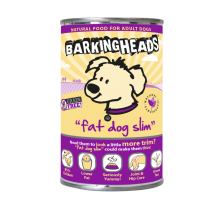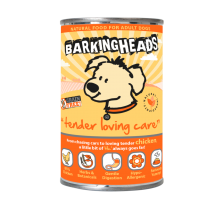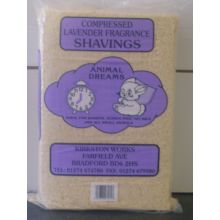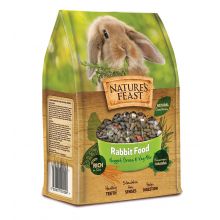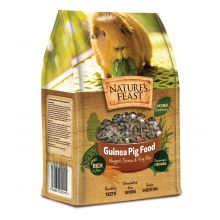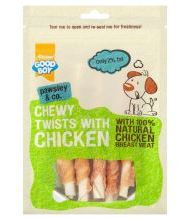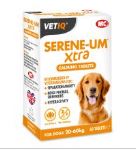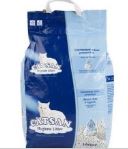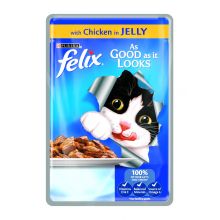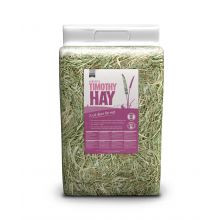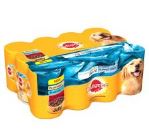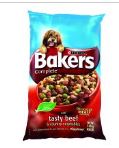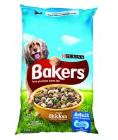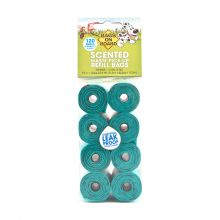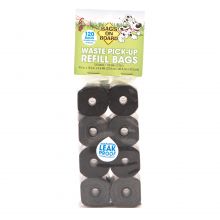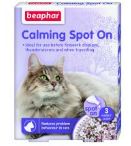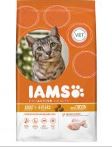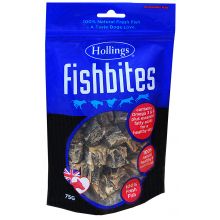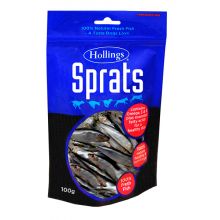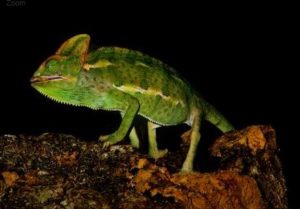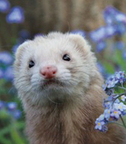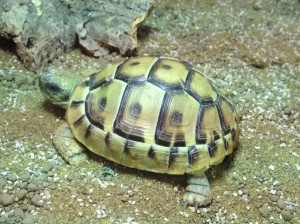The Rankins dragon is the smaller cousin of the bearded dragon. For those who want to own a beardie but don’t have the space requirements, the Rankins dragon could be the one for you.

Generally a Rankins dragon requires a smaller vivarium than a bearded dragon as an adult. I would recommend 30” as around the size for one adult although 36” would be better for more dragons. A very young Rankins dragon can at least look a bit lost in a large viv. though and some do seem (at least at first) to get a bit nervous in a large viv. (they will hide away a lot, sometimes to the point of not getting enough UV light) so starting off in a smaller viv is definitely OK, although by no means essential.
If you wish to keep more than a single Rankins dragon (and they seem to be more sociable than beardies) then ensure you only have one male, with a couple of females. Obviously you will need a bigger enclosure. If you wish to have more than one male Rankins dragon a much larger space is required and it is not recommended.
Rankins dragon heating
A Rankins dragon requires a good temperature gradient (a “hot end “and a “cold end”) to enable them to regulate their body temperature with the hot spot at the hot end at 35-40 C and the cool end around 25 C (so you are going to need two thermometers). There are a lot of opinions out there on heating a Rankins dragon viv. and I’ll not get into it all here. I use a heat mat combined with a basking lamp (sized to the viv.) to create a hot spot. I have mounted mats on the side and on the bottom of the viv. with equal success. I have seen comments saying never use a heat mat and cannot agree. I have never had a problem, ever and this is over a number of years with a large number of animals. That said, there are alternatives and they are fine too (with the exception of “heat rocks” – they really are a bad idea, if you bought a Rankins dragon starter set up from a certain well known pet supermarket you will have one of these, please throw it away to avoid any risk).
A thermostat will help avoid over temperature. A Rankins dragon can tolerate lower temperatures (i.e. if your spot lamp blows) for quite some time but will suffer quite quickly from over temperature. Even with a thermostat you should always check your thermometers at least daily – thermostats can fail.
Rankins dragon lighting
A Rankins dragon needs relatively high levels of UVB light to manufacture vitamin D3, enabling them to assimilate calcium. You will need a 10-12% UVB lamp on 12 – 14 hours a day. Remember UV light does not travel too far from these lamps so make sure they are not too far from where your dragon likes to bask. I don’t use hides with dragons, sometimes they can spend too much time under it and not get enough UV – not common but best avoided.
A basking lamp will give a bright “hot spot” for a Rankins dragon to bask in when it wants to heat up. Obviously the lamp needs to be a proper basking spot, energy efficient lamps are efficient because they do not give out wasted energy as heat, which is what you want.
Rankins dragon substrates.
Substrate (what your Rankins dragon lives on) is probably the most controversial subject in the hobby. I am not going to tell you what not to use, there is not a substrate currently in use that can’t cause problems. I use beech wood chips (the coarser variety so it cannot fit in the Rankins dragon mouth when small) or desert bedding in the main, although I have used others. I have never had any issues with impaction with a Rankins dragon so I can’t comment on what is worst for this. However I avoid calci sand, as calcium is an essential nutrient for a Rankins dragon, so they will eat as if they feel they need it – why tempt fate? Also, most of my vivs. are front opening, with sliding glass and the sound of sand in the runners makes me cringe!

Rankins dragon decor
A Rankins dragon does require a water bowl, although they are rarely seen to drink (I know some individuals seem to love getting in their water bowl see the little Rankins dragon above). Do change the water regularly and keep the bowl clean. It is hot in a Rankins dragon viv. and bacteria will grow very quickly around the rim of the water. A feed dish is a good idea for the veggie component of a Rankins dragon diet, to help avoid the risk of impaction by picking up bits of substrate.
Your Rankins dragon will love something to climb on, branches, rocks etc. Avoid anything sharp, they may suddenly jump down and you don’t want them to get injured. Anything else in there is up to you. Some people like to put in things to encourage activity and don’t mind what it looks like, so use anything they can find. Others like it to look as natural as possible. It’s really up to you but I would suggest you read a good book for the more advanced aspects of setting up a vivarium both for further advice and for ideas if, like me, you’re not that creative yourself.
Rankins dragon feeding
Your Rankins dragon is an omnivore. They eat a wide range of foods including crickets, locusts, cockroaches and various lavae, vegetables and fruit etc. In captivity they also need vitamin and calcium supplements to ensure continued good health. I feed mine to a regular regime. It is necessary for the health of the Rankins dragon and with the amount of animals I have to feed it is more convenient to stick to a plan and this gives us confidence our animals have received a varied and balanced diet. You will find your own regime that suits you. I will give you mine just to illustrate what a balanced Rankins dragon diet looks like, not to suggest this is superior to any other feeding plan for a Rankins dragon.
Day one – cricket or locusts dusted with Nutrobal vitamin supplement.
Day 2 – salad vegetables.
Day three – crickets or locusts dusted with calcium powder.
Day four – salad vegetables.
Day five – crickets or locusts dusted with calcium powder.
Day six – fruit or veg.
Day seven – crickets or locusts without any supplement.
I vary this further by changing the crickets and locusts for calci worms from time to time and very occasionally wax worms. I don’t use meal worms myself for a Rankins dragon due to the higher level of chitin in the jaws and the consequent increased risk of impaction but occasional meal worms would be OK. I must confess the type of veg I use depends very much on what is on offer at the local supermarket or my garden but favourites of my Rankins dragon are rocket salad or herb salad, grated carrot, romaine lettuce, curly kale and cucumber. I haven’t had a lot of success with fruit with a Rankins dragon but common ones used are strawberry, mango and banana.
One way of getting veg. into a more obstinate Rankins dragon is to feed the veg. to the insects. Whatever they eat, your Rankins dragon is eating. I do this sometimes but usually I have gut loaded them on a gut load formula any way. For a very young Rankins dragon I dust every feed to ensure the rapidly growing youngsters are getting enough calcium but I only ever use vitamin powder once a week. The risk of over dosing the Rankins dragon far outweighing the risk of under dosing when using such a balanced diet.
It is important to consider the size of the insect food. It is a bad idea to give anything longer than the distance between the eyes of your Rankins dragon. Too many over large insects will not be properly digested and you will see the half digested remains in the Rankins dragon poop, possibly along with some blood! Alternatively your Rankins dragon may regurgitate the meal, again with the risk of damage to the Rankins dragon digestive tract from the sharp bits of exoskeleton.

Things to avoid feeding a Rankins dragon are obviously anything toxic. This sounds really obvious but people have been caught out with plants. The Rankins dragon may not eat the plant but the insects probably will. The Rankins dragon will then eat the now toxic insect.The use of live plants with a Rankins dragon and with bearded dragons is becoming more popular do make sure you know what plant you have and that it is safe. Also I avoid broccoli and cabbage leaves with a Rankins dragon as these contain oxylates that can prevent calcium being available to the metabolism.
Common problems with Rankins dragon feeding include the notorius addiction to wax worms. I have seen a bearded dragon fed these exclusively. Not only is this a bad idea from a nutritional point of view but you often end up with a Rankins dragon that will only eat this one source of food and frequently only when fed by hand! However I have not yet seen the Rankins dragon that cannot be weaned back onto a balanced diet with a little perseverance.
That said, a Rankins dragon can be fussy as they get older. The basic message is that as they are omnivores, it probably doesn’t matter as long as they get a balanced diet.
A reminder about Rankins dragon UVB
UVB lamps are essential to the well being of the Rankins dragon. Unfortunately as soon as you switch one on, the level of UVB output starts to deteriorate. Over time this will drop to zero, so although the lamp is lit, it is providing no benefit at all to the Rankins dragon. The lamps should be replaced between 6 months to 1 year (depending on type and manufacturer). We always replace all our UV lamps every 9 months WITHOUT FAIL. The consequences to a Rankins dragon of not replacing the UV lighting regularly are loss of appetite and metabolic bone disease.
Kept correctly a Rankins dragon should live over 8 years and prove to be a very inquisitive, interactive and easy to handle little lizard.
The Angell Pets Team

